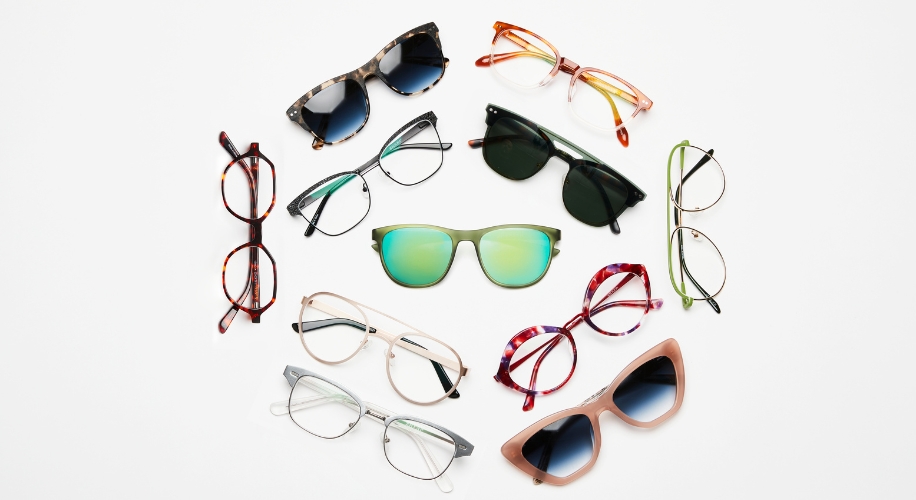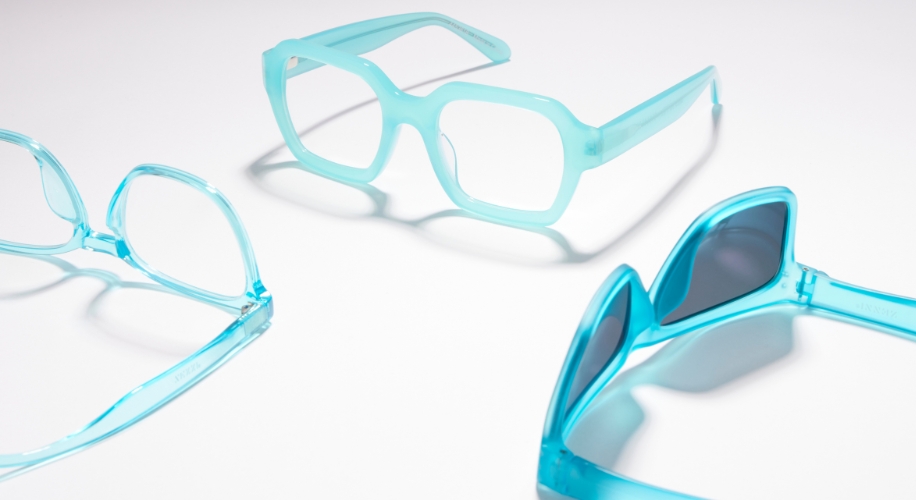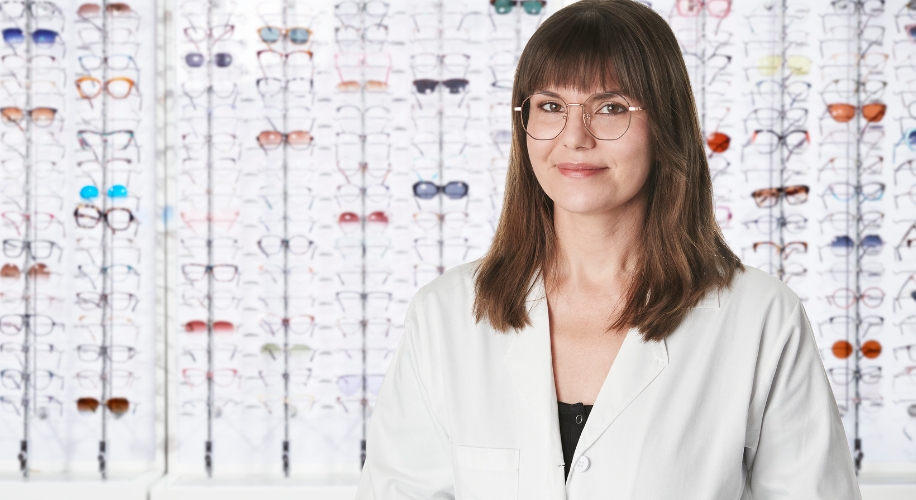The Evolution of Eyeglass Frame Materials
From the earliest days of their invention, eyeglasses have been essential for individuals with vision impairments. However, it’s not just the lenses that have undergone significant changes over the years; eyeglass frame materials have also seen substantial evolution. This transformation speaks volumes about advances in technology, fashion trends, and our quest for lightweight comfort and durability in eyewear.

Early Materials: A Focus on Functionality
In the beginning, eyeglass frames were primarily constructed from materials that were readily available and easy to work with. The earliest spectacles, dating back to the 13th century, featured frames made of natural materials such as:
- Leather: Lightweight and somewhat flexible, leather was used for the frame, but it lacked durability and would degrade over time.
- Wood: Carved wooden frames provided a sturdy option, though they were often bulky and not as comfortable to wear.
- Bone and Horn: These materials were also common, offering a balance between durability and workability.
As eyeglasses became more widespread, the need for stronger and more adaptable materials became apparent, leading to the introduction of metals in frame making.
Metal Frames: A Durable Approach

By the 18th century, metal frames had become prevalent due to their enhanced durability and pliability. Materials such as:
- Steel: Known for its strength, steel was a popular early metal choice for frames, though it was prone to corrosion.
- Gold and Silver: Precious metals offered corrosion resistance and an element of luxury, albeit at a higher price point.
- Nickel: This cost-effective alloy became a standard in frame manufacturing, but it could cause skin allergies for some wearers.
Metal frames marked a significant step forward but left much to be desired in terms of weight and comfort.
Plastics Revolution: Lightweight and Stylish

The introduction of plastics in the 20th century dramatically shifted the eyeglass frame industry. Celluloid, one of the first plastics used, mimicked the appearance of tortoiseshell and ivory, allowing for a range of styles and colors previously unattainable. However, celluloid was highly flammable, leading to the adoption of safer plastic frames such as:
- Acetate: Offering greater durability and fewer allergic reactions, acetate became a favorable option for frames.
- Optyl: A lighter, hypoallergenic material that retains its shape, making it ideal for a comfortable fit.
- Polycarbonate: Known for its impact resistance, polycarbonate is a top choice for children’s glasses and safety lenses.
These advancements in plastic technologies have allowed for an unprecedented level of customization, enabling wearers to express their personal style while benefiting from lightweight and comfortable frames.
Innovative Composites and Future Materials
Today’s market offers frames made from advanced composites and hybrid materials that combine the best properties of metals and plastics:
- Memory Metal: Frames made of these alloys can return to their original shape even after bending or twisting, offering incredible durability and flexibility.
- Carbon Fiber: Recognized for its high strength-to-weight ratio, carbon fiber frames are both lightweight and strong, though they are on the pricier side.
- Titanium: Corrosion-resistant, hypoallergenic, and lightweight, titanium frames are a premium choice for those seeking long-lasting wear and comfort.
As we look to the future, we can expect ongoing innovations in eyeglass frame materials, such as biodegradable options or smart technologies that further enhance the wearer’s experience.

Understanding the parts of eyewear and their evolution is just one aspect of making an informed choice when selecting glasses. At Zenni Optical, we’re committed to helping you navigate through the various options to find frames that not only correct your vision but also fit your lifestyle and aesthetic preferences. Our range of materials caters to all needs.




 Canada
Canada